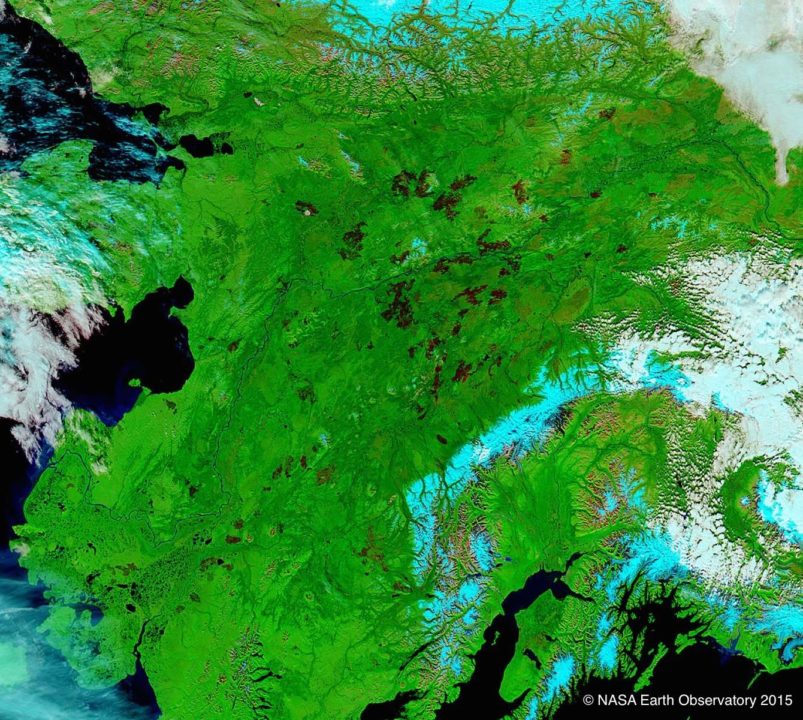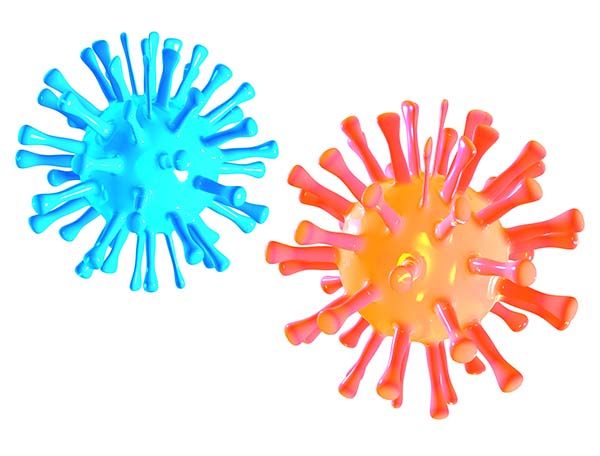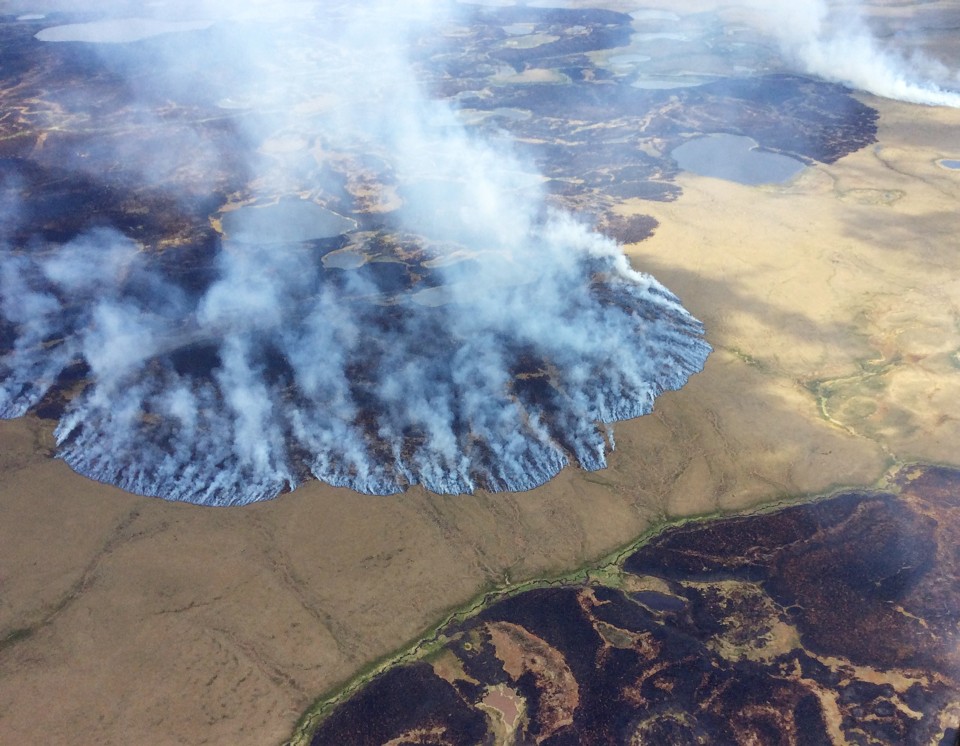One image from space captures Alaska’s terrifying wildfire season
Michelle Mack describes the effects the wildfires in Alaska this summer will have on the carbon emissions from permafrost in this story in the Washington Post. “Beyond the direct carbon emissions from fire, loss of the insulating organic layer is likely to destabilize permafrost, leading to thaw, decomposition and release Read more…


